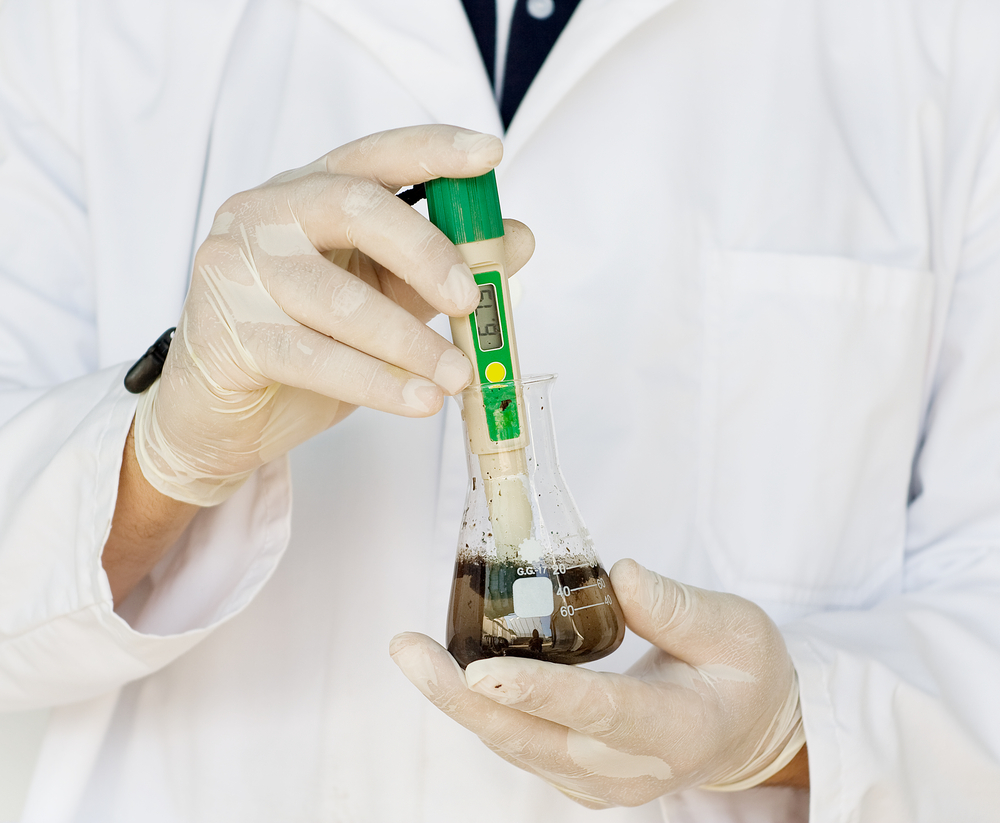



What Should We Be Measuring in Soils?
Testing soil involves trying to answer more questions than ever now the science is expanding, says a feed and crops specialist in the US.Dr Sally Flis of Dairy One's analytical services writes that it will soon be time to take soil samples as corn will be chopped.
Writing for the William H Miner Institute, an agricultural research facility in New York state, Dr Flis addressed some queries that may be arising.
What Samples to Take
Fields should be soil sampled at least every 3 years, when a crop change is being made, or before acquiring new land for crop production. A standard nutrient test will give you the information to determine if the pH is in the correct range for the crop and what nutrients will be needed for crop production.
It is best if you can sample areas of 20 acres or less in each sample. One way to do this is to divide the fields on a map based on acreage. Another option is to break the field down by areas that might perform differently, have different slopes, different moisture levels, or any other management differences you see across the field.
*
"A standard nutrient test will give you the information to determine if the pH is in the correct range for the crop and what nutrients will be needed for crop production."
Maps are a very useful tool to have when preparing to soil sample. They can help you identify the field you need to sample and divide fields so you know how you are going to sample before you head out. These can be supplied by you FSA office, your crop consultant, or using a tool like Google Maps or the Web Soil Survey (http://websoilsurvey.sc.egov.usda.gov/).
Sampling Options
There are a few options for soil sampling. The traditional method is to use a handheld probe and randomly take cores from the field (approximately 1 core per acre). The cores are mixed in a bucket and a 2 cup subsample is taken for submitting to the lab.
As with all management on the farm there are increasing levels of technology that can be added to soil sampling. Grid sampling is used if you are interested in or are using variable rate nutrient applications. Grid sampling takes a high density of samples in a smaller area, less than 4 acres down to 1 acre, and the results of the test are married with the GPS information for the sample and mapped. Additionally, there are a few auto samplers on the market today that will allow for the collection of samples more rapidly. Talk to your crop consultant about what they offer for soil sampling and how it best fits your management.
What Test to Use
Most farms and consultants run standard soil test suited for the state they’re in. Nutrient recommendations in each state or region are based on a specific soil test extraction. These soil tests can also include analysis for micronutrients to trouble shoot problems or monitor if there is an accumulation of heavy metals. Taking soil samples in the fall will allow you to plan for fall lime, manure and fertilizer applications and make any adjustments to next spring’s crop rotations that might be needed.
There’s a new national initiative on soil health and soil health testing. This is offered by a few labs around the country; the tests used and return time vary.

The Cornell Soil Health Lab offers a complete soil health test that includes: Particle size distribution and texture, wet aggregate stability, available water capacity, surface hardness, subsurface hardness, organic matter, active carbon, soil respiration, soil protein, root pathogen pressure, and a standard fertility test (pH, Buffer pH (lime requirement), organic matter and Modified Morgan extractable phosphorus, potassium, calcium, magnesium, aluminum, iron, zinc, and manganese.).
Testing for soil health gives you a more complete picture of what is going on in a field. This is a good test to use if you are trouble shooting a whole field or specific areas in a field.
Improving soil health will improve water infiltration and can also reduce erosion and loss of nutrients. The results and summary gives you recommendations for field management practices that are going to improve the health and quality of the soil.
Testing your soil is the only way to know what a field needs to produce high quality crops.


